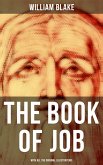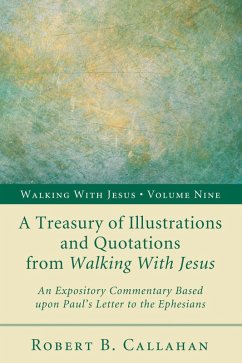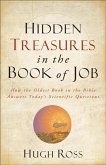William Blake is regarded as one of the greatest creative geniuses of the Romantic era, valued for the visionary power of both his poetry and his art. However, in his own time, he struggled to make ends meet and his work attracted little attention. The book contains a lengthy introduction to the life and work of Black by Norton as was as full page black and white copies of the etchings which Blake between 1823 and 1826 for his illustrated edition of the Book of Job. His Illustrations of the Book tell the Biblical story of Job, one of the books of the Hebrew Bible. It relates his trials at the hands of Satan, his discussions with friends on the origins and nature of his suffering, his challenge to God, and finally a response from God. The book is a didactic poem set in a prose frame and has been included in lists of the greatest books in world literature. William Blake (1757 - 1827) was an English poet, painter, and printmaker. Largely unrecognised during his lifetime, Blake is now considered a seminal figure in the history of both the poetry and visual arts of the Romantic Age. His paintings and poetry have been characterised as part of the Romantic movement and "Pre-Romantic", for its large appearance in the 18th century. Blake was influenced by the ideals and ambitions of the French and American revolutions. Despite these known influences, the singularity of Blake's work makes him difficult to classify.
Dieser Download kann aus rechtlichen Gründen nur mit Rechnungsadresse in A, B, BG, CY, CZ, D, DK, EW, E, FIN, F, GR, H, IRL, I, LT, L, LR, M, NL, PL, P, R, S, SLO, SK ausgeliefert werden.









